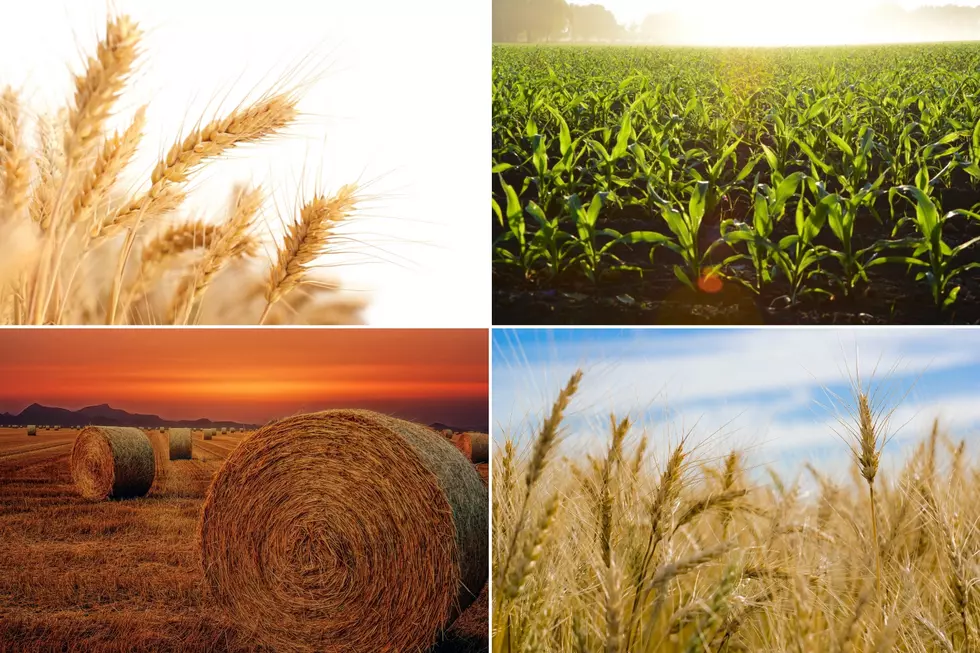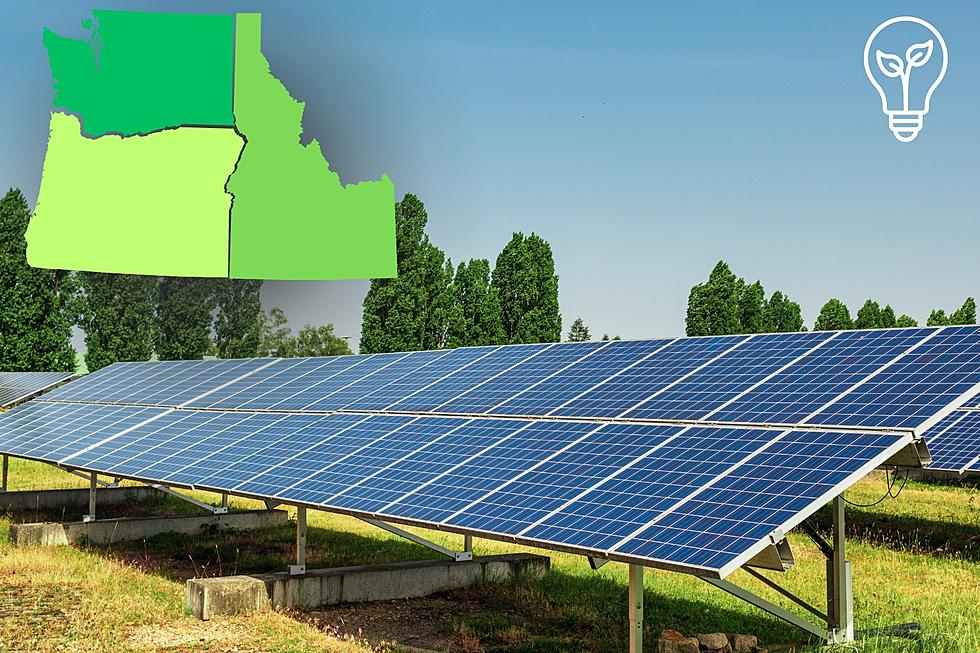
USDA: Honey Bee Colony Number Steady
According to the USDA, elevated winter colony losses have not resulted in enduring declines in colony numbers. Instead, the number of U.S. honey bee colonies is either stable or growing depending on the dataset being considered.
USDA said at the state level, loss rates are uncorrelated with year-to-year changes in the number of colonies, suggesting that beekeepers are able to replace lost colonies within the course of a calendar year. The data shows between 2007 and 2013, winter colony loss rates in the United States averaged 30%, which is approximately double the loss rate previously thought to be normal. That’s because large and mysterious losses of honey bee colonies led entomologists to classify a set of diagnostic symptoms as Colony Collapse Disorder and spurred major efforts to measure, quantify, and understand pollinator loss.
If you have a story idea for the Washington Ag Network, call (509) 547-1618, or e-mail gvaagen@cherrycreekradio.com
More From PNW Ag Network









